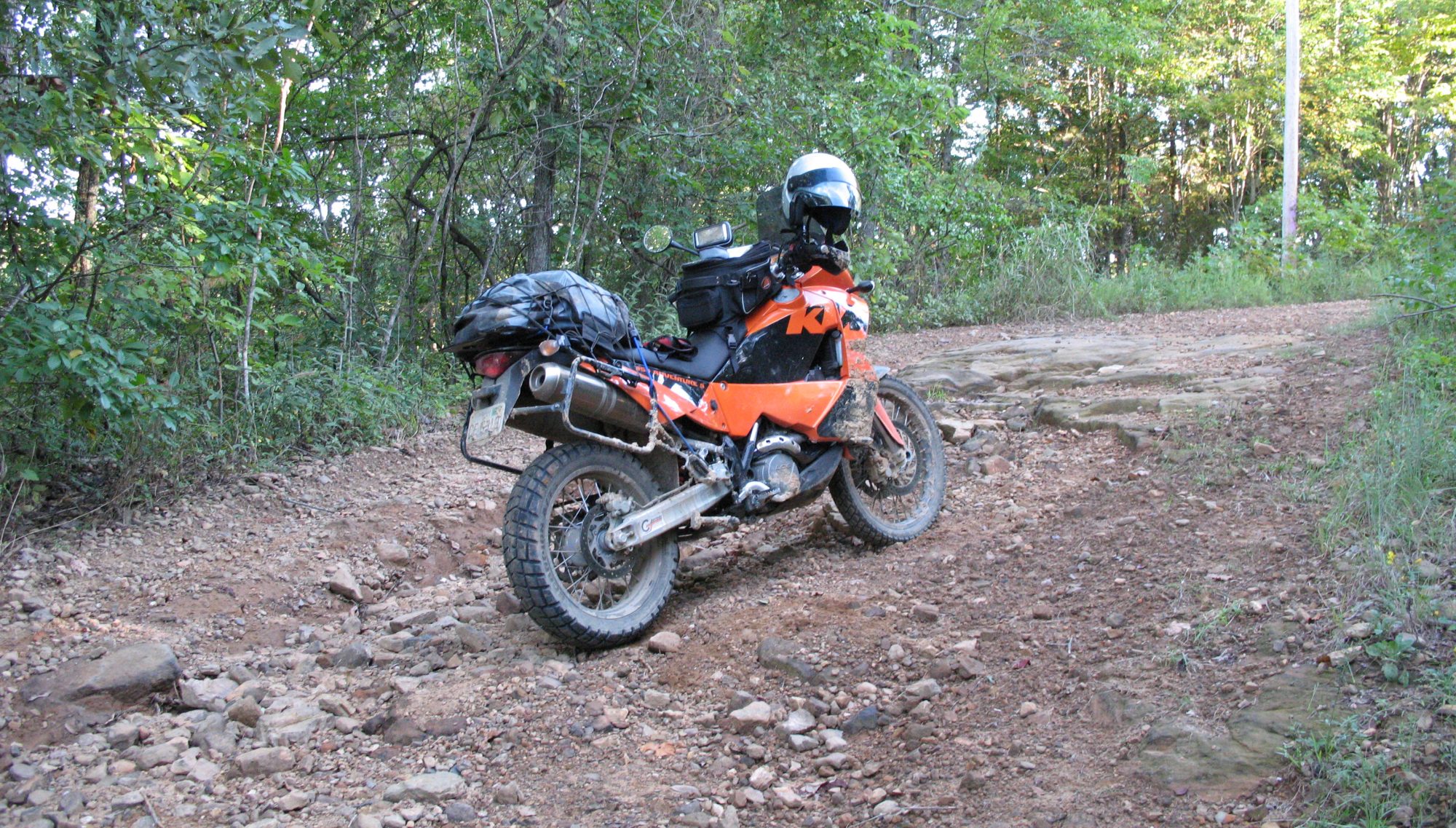The rear shock is back from Jay at Sasquatch, so now I can begin the reassembly process. Previously, I had cleaned and relubed all the bearings in the swingarm and the suspension link, so now it’s just a matter of reassembling everything and making sure that all of the bolts and parts are in their respective places. It went pretty quickly, but BMW needs to take a lesson from KTM. I lost count of the number of wrenches and sockets needed to put this back together. KTM has obviously spent some time on the fasteners and the number of different sizes is minimal compared with the BMW. This means that a larger (and heavier) tool kit is necessary to perform the same maintenance as the KTM. It may not be terribly important when on an asphalt trip, but in the sticks it may be a matter of walking vs riding.
I got the wheel bearings (all six of them, front and rear) from a bearing store and saved a lot of money (the BMW tax). I needed seals too, so I ordered them through my local NAPA store. Took two days and cost less than half of the BMW price.
The rear wheel and sprocket carrier bearings are replaced, along with the seals, so the rear wheel is ready to be reinstalled. There is a spacer on the sprocket carrier side that has some grooves worn in it so I will order a replacement and see if any spacers on the front wheel need replacement. No sense using an old, worn spacer with new seals.
Next is the front wheel bearings and seals, then I’m installing Racetech gold valves and new springs in the forks. They’ll get fresh fluid and will be ready to go. While I’m in there I’ll replace the stem bearings and races and that should wrap up the mechanical service and upgrades on the bike.
Oops, forgot about the exhaust. I picked up a set of stainless Supertrapp mufflers, but I need to have a pipe bent to connect the header to the muffler.

